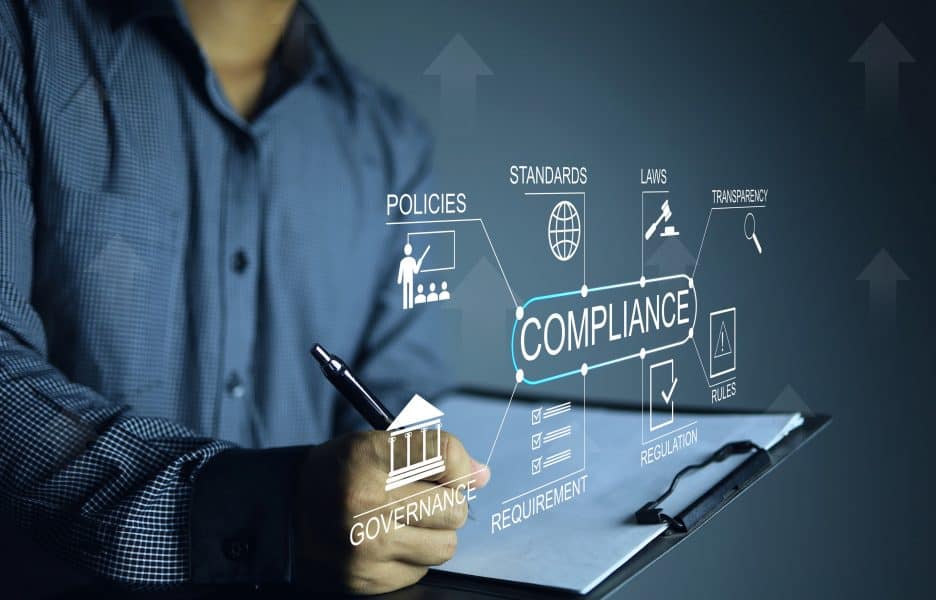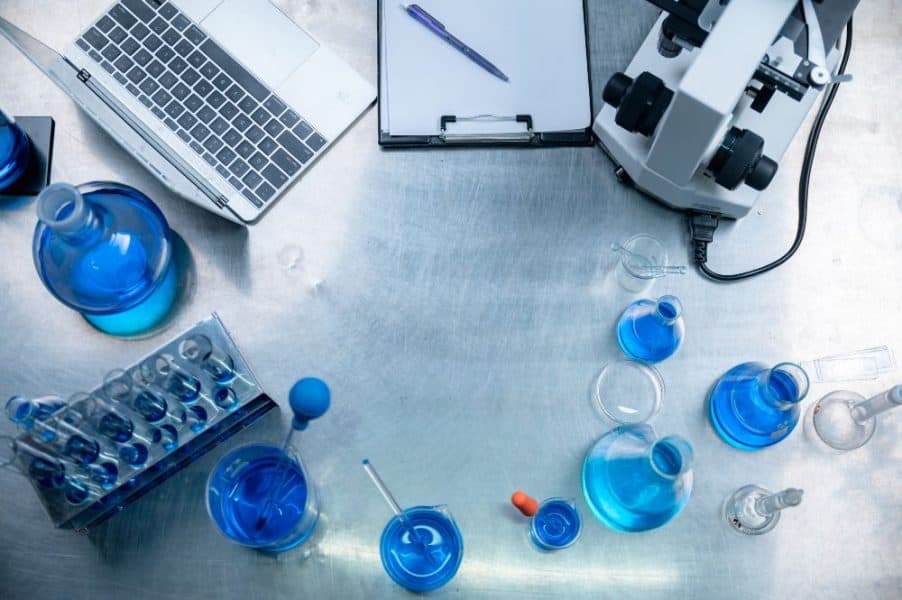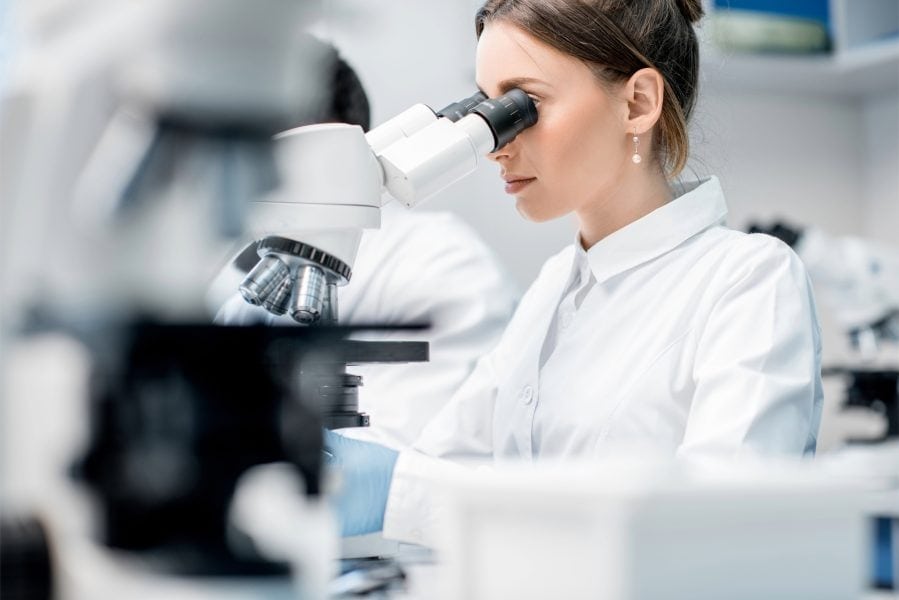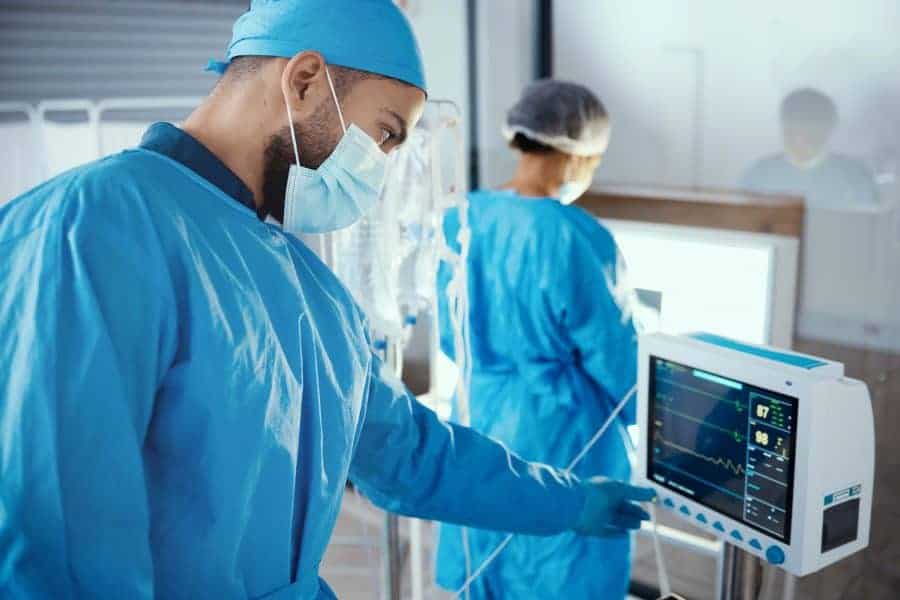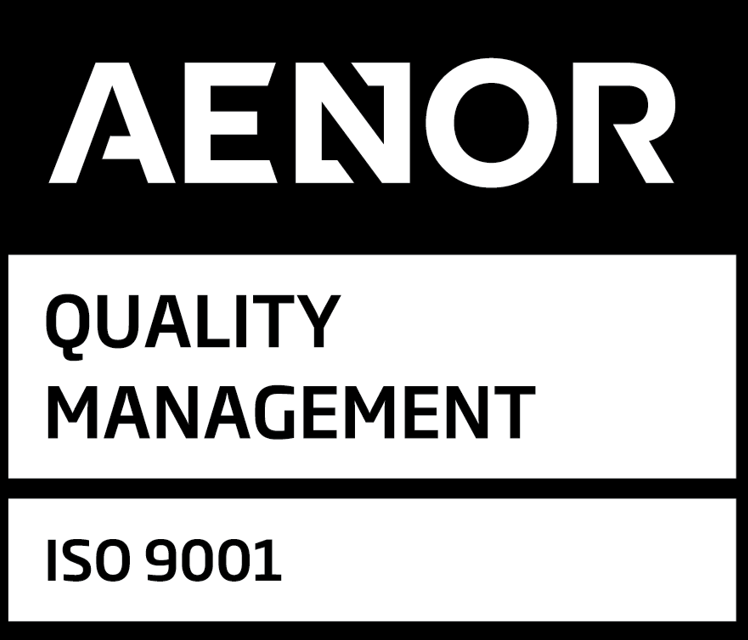The In Vitro Diagnostic Regulation (IVDR) (EU) 2017/746 created European Union Reference Laboratories (EURLs) to strengthen oversight of high-risk (Class D) IVDs. Article 100 sets their role, while the Commission has adopted implementing rules that spell out how EURLs must be organised, resourced and monitored. For manufacturers, especially those developing Class D assays, understanding what EURLs do—and when their involvement is triggered—is essential for planning performance verification, batch testing and timelines.
The legal backbone
- Article 100 IVDR establishes EURLs, their tasks and the criteria they must meet.
- Commission Implementing Regulation (EU) 2022/944 lays down the detailed requirements EURLs must fulfil (people, equipment/reference materials, QMS/standards, organisation and administration, confidentiality/privacy, impartiality, outsourcing controls, accreditation, and verification of ongoing compliance).
- Commission Implementing Regulation (EU) 2023/2713 designates the first EURLs and sets the application date for their activities (from 1 October 2024).
What EURLs will check for Class D devices
For specific Class D devices, EURLs perform independent performance verification and batch testing as part of conformity assessment, per Article 100(2)(a)–(b). Practically, this means an extra scientific check on claimed performance characteristics and lot release testing where required—on top of your notified body assessment. Manufacturers should plan analytical panels, availability of reference materials, and timelines with EURL capacity in mind.
Key requirements defined for EURLs (what the rules actually say)
The 2022/944 implementing act translates Article 100(4) into concrete obligations. In short, EURLs must demonstrate:
Personnel competence and independence; fit-for-purpose equipment, specimens, control and reference materials; adherence to international standards and best practices; robust organisation and administration; confidentiality and data protection; independence and conflict-of-interest controls; controlled outsourcing; appropriate accreditation; and continuous verification of compliance (including Commission audits and potential suspension/withdrawal if criteria are not met).
Timeline and transition
The designating act (2023/2713) confirms that designated EURLs apply from 1 October 2024. From that date, new applications that fall into an EURL scope are expected to route performance verification/batch testing to the relevant EURL as part of the NB procedure. Stakeholder guidance from authorities and NBs has reiterated that devices already under assessment or certified prior to that date may be handled under specific transition arrangements—check with your NB for case-by-case impacts.
Practical steps for manufacturers
Align your performance evaluation and verification plans with potential EURL panel requirements early (sample sizes, reference materials, panels for pathogen/biomarker variability). Confirm whether your device category falls within an EURL designation scope and build the extra review time into your project and submission plans. Engage your NB to understand dossier routing, language requirements for materials, and any specific expectations tied to EURL interactions. Public notices from NBs and authorities provide useful summaries as the system scales.

